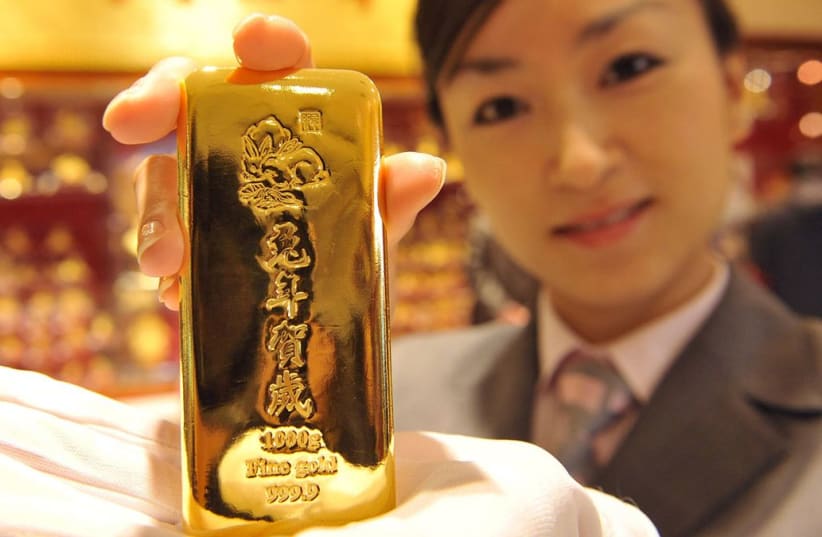
China’s gold consumption plunged 11% from January to September as surging prices dampened demand. With buyers holding back, the market faces challenges amid ongoing price volatility.
(Reuters) China’s gold consumption witnessed a significant decline in the first nine months of 2024, dropping 11.18% to 741.732 metric tons compared to the same period last year, according to the China Gold Association. The decrease primarily stems from reduced jewelry purchases as record-high prices deterred buyers in the world’s largest gold market.
The jewelry sector, which represents 53.9% of total gold consumption, experienced a sharp 27.53% year-on-year decline, with purchases falling to 400.038 tons during the January-September period. The association attributes this downturn to sustained high gold prices, although it noted that emerging sales channels have provided some relief.
“Gold prices have been on the rise over the first three quarters, affecting jewelry buying, although the rapid development of new e-commerce models such as live streaming and instant retail has driven the growth of small gram gold jewelry consumption,” the association stated.
The precious metal’s value on the Shanghai Futures Exchange surged dramatically, posting a 23.5% increase from the start of the year to reach 596.72 yuan ($83.69) per gram by September’s end. The upward trajectory continued into October, with prices hitting an unprecedented 630.44 yuan per gram on October 23, driven by escalating tensions in the Middle East.
However, not all segments of the gold market showed decline. Investment demand, particularly for gold bars and coins, demonstrated robust growth with a 27.14% increase to 282.721 tons. The association credited this rise to “relatively low premium” rates, suggesting that investors are viewing gold as a safe-haven asset despite high prices.
On the production front, China’s domestic gold output showed mixed results. Production from local raw materials decreased slightly by 1.17% to 268.068 tons in the first three quarters. The association explained this decline as a transitional phase: “The domestic industry is in the middle of old-new capacity conversion with the newly built large mines yet to form new production capacity, so output did not pose the expected increase.”
Despite this temporary setback, the association maintains an optimistic long-term outlook for domestic production. Moreover, gold output from imported raw materials showed strong growth, increasing 15.51% year-on-year to 111.207 tons. This boost helped raise China’s total gold output for the period to 379.275 tons, marking a 3.2% annual increase.
The contrasting trends between consumer and investment demand highlight the complex dynamics at play in China’s gold market, as high prices continue to reshape buying patterns across different sectors.

















